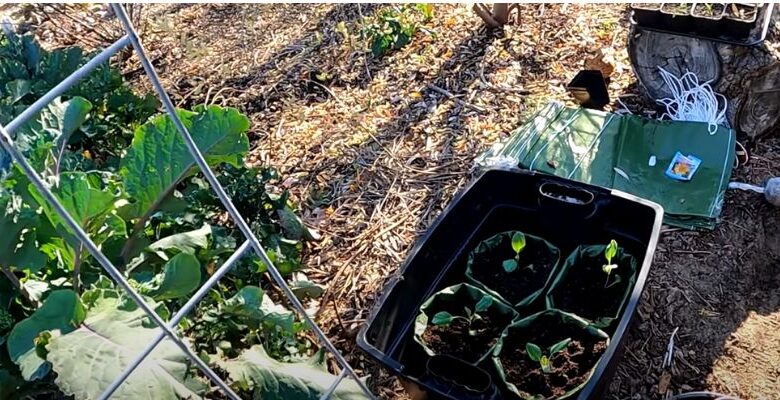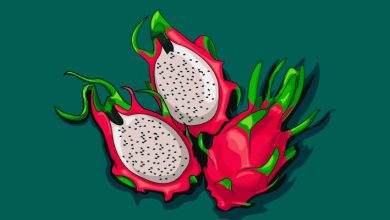
Wicking is actually the easiest of the systems to get started with. It’s also one of the easiest systems to build as it requires very little technical skill. All we need to get started is a growing tray, a reservoir, and a material for wicking.
Wicking is simply the use of a wickable material going from our reservoir to our grow tray. This can be rope, felt, or string; whatever material you can easily get your hands on for the wicking will work.
We will first set up our reservoir, filling it with our nutrient solution of choice, which of course depends on what we are growing (for more information on nutrient solutions, see chapter four). Again, we are going to paint the reservoir black and then cover it in a coat of white paint to prevent it from supporting algae or growing too hot. We are then going to cut or drill very small holes in the cover of the reservoir through which we will thread our wicks.
Our grow trays are going to be filled with a medium that is particularly well-suited to wicking such as perlite or coco coir. But before we fill them up, we first want to cut or drill tiny holes into the bottom of the tray as we did to the cover of the reservoir. These will be roughly the same size because they are how the wick gets the nutrients to the plants.

Ultimately, we have our wicks almost entirely submerged in the water. This doesn’t necessarily mean that they are touching the bottom of the reservoir but they are certainly coming close. They are then fed up and nested in the growing tray very close to the plants. We can use more than one wick per plant depending on the plant’s particular water and nutrient needs.
As far as setup, that’s really it. We place our plants into the grow tray and watch how they grow. However, there are some tips and tricks that will make a more successful wicking system. We might consider using an air pump to aerate the water so that our plants are able to get more oxygen as this will help them to grow faster. Another thing we will want to consider is keeping the grow tray closer to the reservoir with a wicking system than we would with a drip system. This is because the nutrients aren’t pumped to our plants in this system but have to rely on what is called capillary action (aka, wicking). Having our wicks shorter means, they can more easily provide. The distance between our wicks and the grow tray is one way of doing this. Another is making sure that the level of the water in our reservoir is high, as this shortens the distance as well.

Again, this system isn’t great for plants that require a lot of water and nutrients because the wicking of nutrients is a slow process. However, herbs and lettuce can grow great crops in a wicking system and this makes for an easy way to introduce the concepts of hydroponics to someone new to the topic. They even make great projects for getting kids into hydroponics and gardening!




